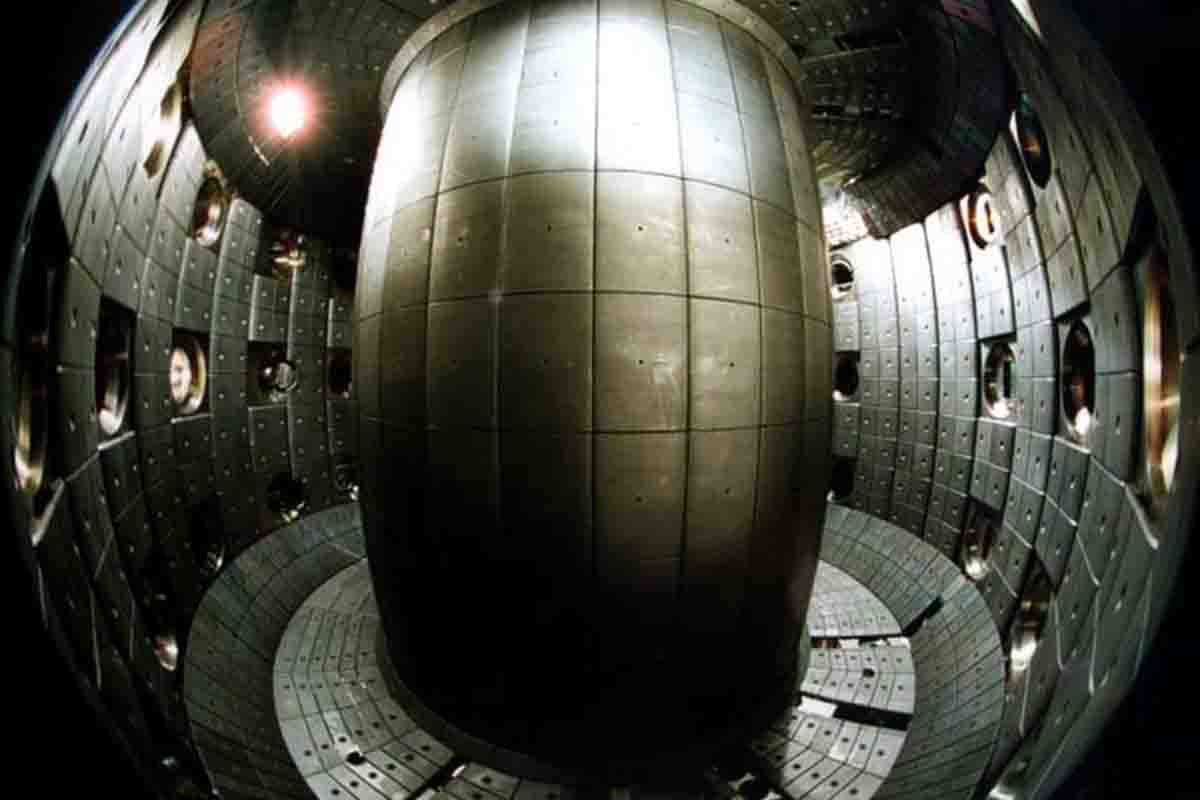The impressive crossing of a 3-legged lion, which together with its brother swam like no lion had ever done before, has been documented. For scholars, it would be the longest swim recorded for the species

@Margret Meyer/123rf
The impressive crossing of a 3-legged lion, which together with its brother swam like no lion had ever done before, has been documented. For scholars, it would be the longest swim recorded for the species

@Margret Meyer/123rf
Although nuclear fusion promises a clean and safe energy source, its implementation raises complex ethical and environmental sustainability questions

@Wikimedia Commons
Facing the climate crisis and the depletion of traditional energy resources, the idea of a clean and inexhaustible energy source seems almost science fiction. Yet, nuclear fusion promises exactly that: a “magical” energy that could revolutionize our world. But how close are we to making this vision a reality? Sophie Cogan, a PhD student at the University of York, has explored the ethical and environmental implications that could change our energy future.
In response to the growing concern over climate change and energy security, the promise of an energy source that is seemingly “clean,” “abundant,” and “safe” like nuclear fusion becomes increasingly attractive. The fusion industry is growing rapidly, and the notion that fusion is “always 30 years away” is losing credibility as technology moves beyond the experimental phase.
However, it’s easy to create an excess of enthusiasm around an ideal solution for social challenges. It’s important to consider that achieving fusion energy might conflict with the problems it aims to solve. Contextualizing this enthusiasm and exploring the areas where these tensions might arise is crucial to ensure that the technology develops ethically and offers a net benefit to society if it proves feasible.
The appeal of a zero-carbon, low-environmental-impact, reliable, and relatively safe energy source like fusion is evident, especially in the context of rising global energy demand and climate change. It is widely believed that fusion energy could fill the gaps of existing energy sources, bypassing the intermittency of renewables and avoiding the long-lived radioactive waste and safety concerns of conventional nuclear power. Additionally, it would help reduce carbon costs and greenhouse gas emissions from fossil fuels.
Fusion could also alleviate energy security concerns, as some of its key resources are abundant. For instance, deuterium, used in some fusion processes, can be easily extracted from seawater, reducing dependence on imports and protecting nations from global market shocks.
However, these benefits might conceal deeper ethical questions regarding the development of the technology and some potentially negative impacts. One of the clearest tensions concerns environmental sustainability, particularly its association with mitigating climate change and reducing greenhouse gas emissions.
Climate change lends itself to the “techno-fix” approach—the temptation to avoid significant changes in our behavior because we think we can rely on technology to solve everything. This is known as the “mitigation obstruction” argument.
Balancing greenhouse gas emissions with energy demand also raises issues of justice and equity. Energy demand is growing in some regions, mainly in the Global South, which have contributed less to the current climate crisis. Yet, fusion programs are predominantly based in the Global North. So, if fusion proves feasible, those who will have access to this transformative technology are not necessarily those who need it most.
Similar concerns arise with the materials used for fusion energy, such as lithium, tungsten, and cobalt. The extraction and processing of these minerals emit greenhouse gases, and in some cases, mining operations are located on or near indigenous lands. Additionally, the supply chains for these materials are immersed in geopolitical tensions, with alliances, collaborations, competitions, and potential monopolies forming.
For example, mercury, used in lithium processing for fusion reactors, is environmentally harmful and toxic, and largely dependent on Chinese production. The accelerated pace of fusion energy development increases the risk of overlooking these potential dangers along the way.
However, it’s not about applying moral brakes but rather shifting gears. Addressing these potential ethical tensions requires systematic reflection throughout the development process, from design decisions and material choices to equitable distribution strategies and knowledge sharing.
Access to energy supports human well-being and development, and the energy system as a whole has profound social impacts. Failing to openly address the social and ethical challenges of emerging technologies in this space would be irresponsible at best and harmful at worst. This is particularly true when the impacts of fusion technology could exacerbate the very challenges it aims to solve.